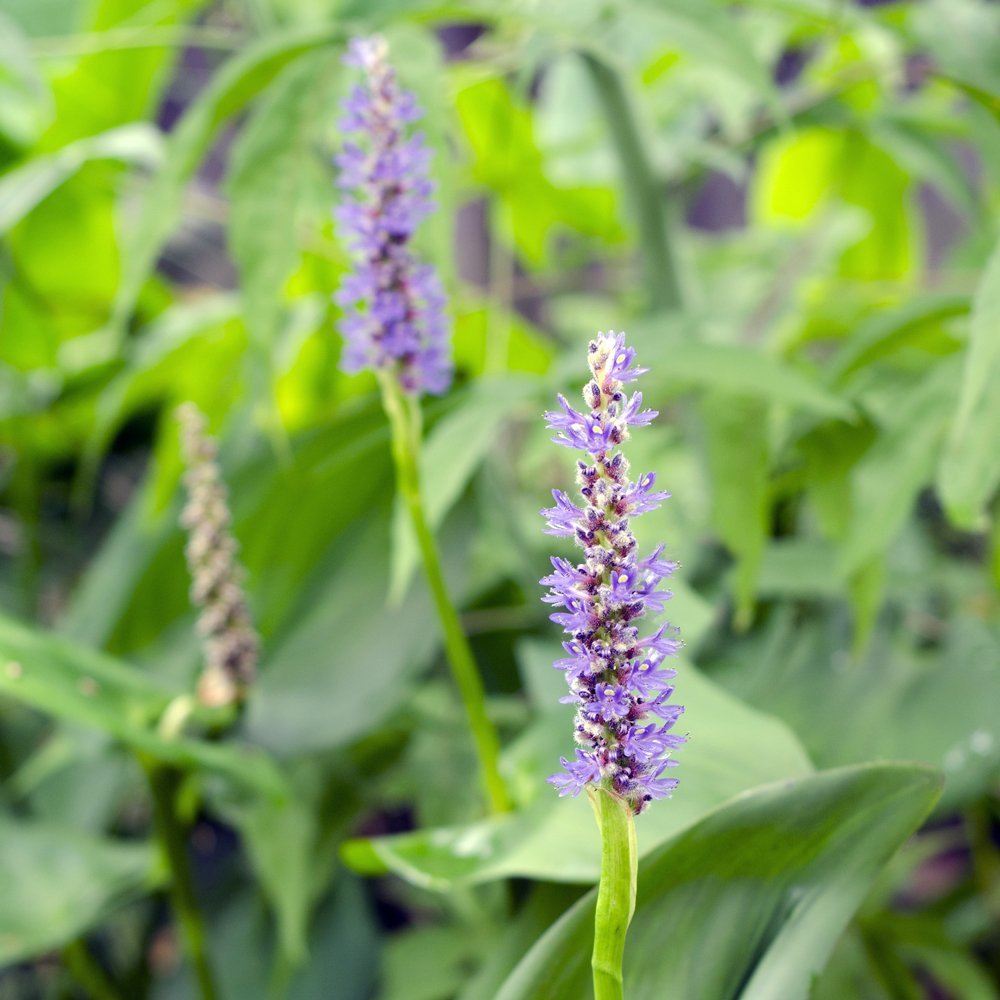

Plants combat algae growth by filtering out excess nitrate & phosphate nutrients, producing oxygen, and providing shade for your pond.

How Do Aquatic Plants for Ponds Combat Algae Growth? It is important to understand that all plants have the ability to improve water quality and that each has different strengths. Submerged plants primarily consume their nutrients from the water column rather than from their roots, limiting the development of algae.

Using plants in combination to maximize their respective benefits will further their ability to outcompete algae.įloating plants provide shade and cover limiting the sunlight. Aquatic plants that have high nutrient uptake will be extremely helpful to clear up your pond. Algae has no competition in their absence. By incorporating sufficient plantings into the pond the higher order of plants will work to out compete the nuisance algae. Algae require sunlight, water and nutrients (nitrates & phosphates) to prosper. Water plants consume nitrates from pond water. Pond plants filter sediments and pollution from your pond, just like trees filter carbon from the air we breathe to produce oxygen. How Does a Plant Filter Naturally Filter My Pond? If your pond is 100 gallons or 100,000 gallons the addition of pond plants will decrease the amount of maintenance to keep your pond water clean and is a great alternative to expensive products that kill algae by chemical or mechanical means. There are many ways to maintain a balanced pond, but using plants is the best long term solution to combat nuisance algae and provide a healthy habitat that your fish will love! Why Should I Add Water Plants to My Pond?īy adding pond plants you will provide competition to opportunistic algae. Most recently involved in making unique art from Lotus leaves. Passionately involved in educating and inspiring water gardeners everywhere. Water Gardening Background: A longtime member of the commercial water gardening community with 30+ years in the industry. Mantra: “I am determined to change the way water becomes a garden!” Kelly Billing, Water Gardening Expert And Lotus Enthusiast Kelly Billing Movement in water will enhance your plants’ natural ability to uptake nutrients and trap more sediments. Use a pump or filter to circulate water in your pond for oxygenation.Keep things neat, orderly, and fresh so you can naturally maintain the pond over depending on chemicals.Remove any foliage that is leaning or deteriorating into pond, this is fuel for algae.Have a good mix of warm season, cool season, and perennial plants.Please read this other article to learn specific tips for Spring start-up and debris clean up in your pond. If you have any experiences to add, please leave them in the comments section at the end. Choosing the Right Water Plants For Your Pondįrom our interview with Kelly Billing, we learned these helpful tips about maintaining pond plants to keep in mind while reading this article.Should I Use A Container For My Pond Plants?.Types Of Aquatic Plants For Your Water Garden.Why Should I Add Water Plants To My Pond?.Table of Contents – Pond Plants for Your Water Garden
#Aquatic plants for sale near me how to#
In this guide, we will explain the preferred types of aquatic plants, how to use plants for oxygenation / filtration, the difference between cool / warm season plants, and when to choose floating, submerged, shallow water, and other plants for your pond that will naturally improve water quality. With her knowledge and insights, you will learn how to create a balanced pond that doesn’t rely on toxic chemicals or expensive mechanical filters by using natural solutions. Learn how to use aquatic plants and natural pond care techniques from water garden expert, Kelly Billing. Selecting the right pond plants will help you balance your water garden and maintain a healthier pond environment with less nuisance algae.


 0 kommentar(er)
0 kommentar(er)
